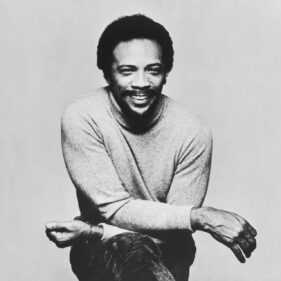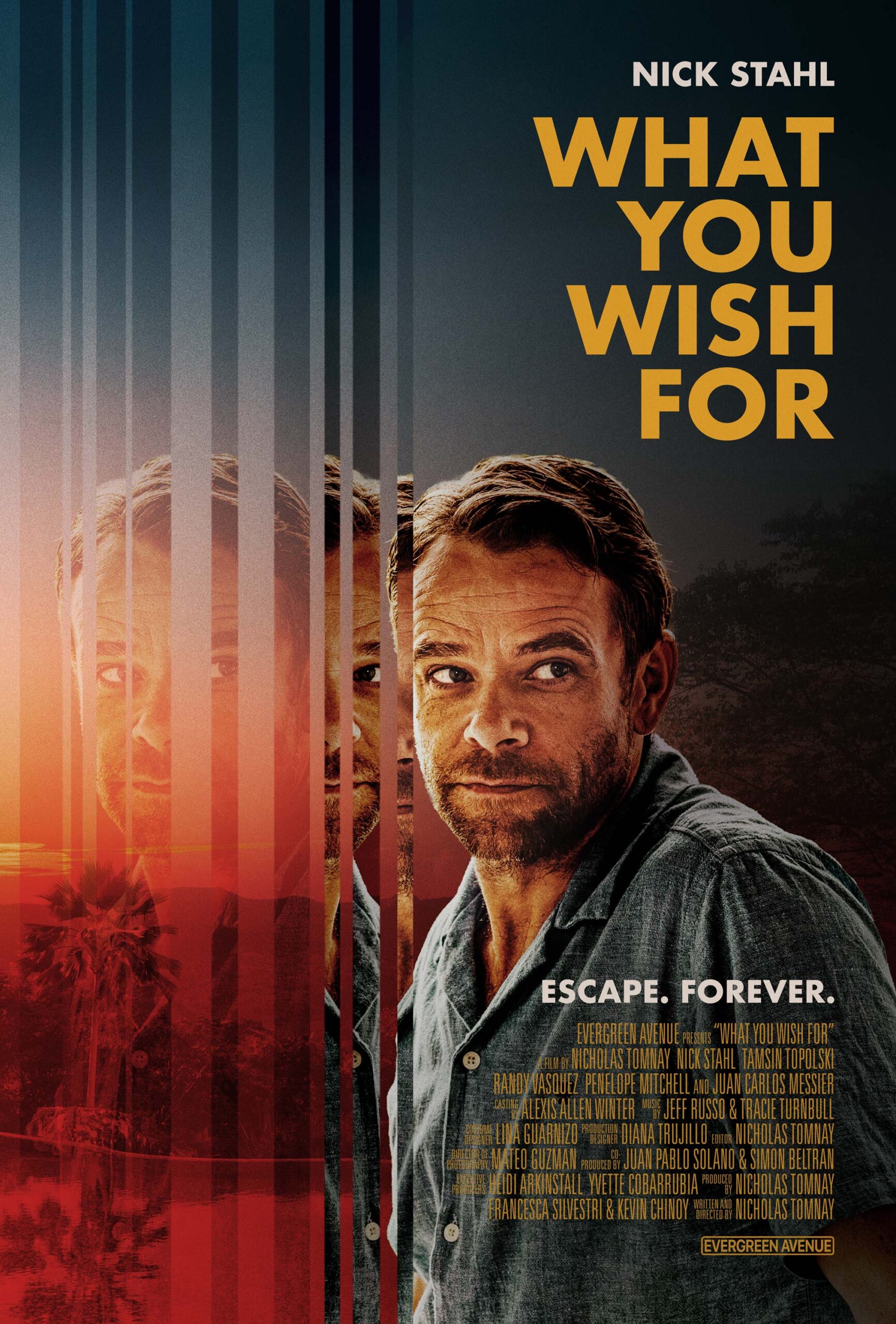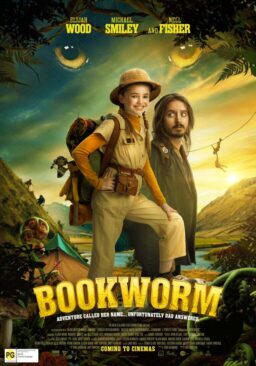When he was still a relatively young man, Michael Gambon was dubbed "The Great Gambon" by his friend and mentor Ralph Richardson, who was himself a great actor of stage and screen. Gambon first worked at the National Theatre in the 1960s under the leadership of Laurence Olivier, who had been impressed with Gambon's audition for the National because the younger actor had done a speech from Richard III, a role that Olivier had made his own; already Gambon had a power on stage and a capacity for menace residing in his harsh, staring face.
Gambon was born in Dublin, and his engineer father moved the family to London, where the young boy trained to be an engineer. After serving for a period in repertory theatre on the advice of Olivier, Gambon made a comic impression on stage in the West End in 1974 in Alan Ayckbourn's The Norman Conquests, and then he proved his range by taking on the Harold Pinter drama Betrayal in 1978. At this time, Michael Gambon's commanding voice and the size of his physical authority impressed many. Fellow player Simon Callow, a connoisseur of major actors, observed, "Gambon's iron lungs and overwhelming charisma can command a sort of operatic full-throatedness which triumphs over hard walls and long distances."
The word on Gambon was that he brought a sense of danger to his roles, that he was unsentimental, and that he could be monstrous in an elemental way, but he could also be delicate when need be. He found particular success on stage in the 1980s in Bertolt Brecht's The Life of Galileo and Arthur Miller's A View from the Bridge, where he received the sort of notices actors dream of.
Gambon worked quite a lot on television in the 1970s, sometimes in small roles and occasionally for film, but it felt as if he was considered too threatening for leading roles on screen as a young man. It was only in 1986 that Gambon was given probably the best part he ever did for the camera: the title role in Dennis Potter's very demanding "The Singing Detective," a six-part series in which he played a mystery writer named Philip E. Marlow who is suffering from the skin condition psoriasis. In that series, it was clear that Gambon was a man who was familiar with suffering and the effects of cruelty, and it was also clear that he was capable of doling out cruelty as much as suffering from it. Gambon's emotions had a size that could be fitted to the camera only if his collaborators had the courage to let him take full control.

Peter Greenaway took note of Gambon's capacity for sadism and put him in "The Cook, the Thief, His Wife & Her Lover" (1989) opposite Helen Mirren, an unlikely arthouse hit. Ten years or so later, Gambon was at the center of the ensemble in Robert Altman's "Gosford Park" (2001) as a wealthy industrialist named Sir William McCordle who has left a lot of human wreckage in his wake. Sir William is clearly marked as the future murder victim because he controls the fate of everyone invited to his large country estate in one way or another, like some horrible and capricious capitalist God. Gambon always filled roles like this with relish.
It was noted by critics that Gambon's performances on stage began to acquire the eccentricity, if not the dreaminess, that had once marked the work of Ralph Richardson. He did more Pinter for the theater and some Samuel Beckett and made a real impression in Beckett's Endgame as a man utterly at the end of his rope but still talking, still hoping. He received a Tony nomination for his performance in David Hare's Skylight on Broadway in 1995, but he was supposedly just as frightening in 2002 in Caryl Churchill's A Number as a man with many cloned sons. Gambon was at his best in modernist plays like that, where a sense of terror was called for.
He came to new prominence on screen in the 2000s by taking on the role of Dumbledore in the Harry Potter movies after Richard Harris died. In an interview about these movies, Gambon claimed he didn't do characterizations for any of his work: "I just stick on a beard and play me," he claimed. "So it's no great feat."
In 2005, Gambon played Falstaff on stage in a production of Shakespeare's Henry IV, Parts 1 and 2, but as time went on, his work in the theater increasingly focused on the plays of Beckett, and so he did Krapp's Last Tape and he also did beautiful lesser-known Beckett plays like Embers. For a 50th anniversary celebration of the National Theatre in 2013, Gambon performed a scene from Pinter's No Man's Land opposite Derek Jacobi, which signaled that actors like Gambon and Jacobi had earned the right to be classed with Ralph Richardson and John Gielgud, who originated that play in the 1970s.
I only saw Gambon once on stage, and it was in a 2013 production of Beckett's All That Fall in which he co-starred with the formidable Eileen Atkins. He had trouble remembering lines by that point, so the production was staged as a kind of radio play where the actors could have their scripts. Atkins dominated, but Gambon still looked like a monster who might strike at any moment.
Gambon was averse to publicity and did not discuss his private life; when asked about his first wife, he replied, "What wife?" But maybe a moment like that shows that he had deeply taken in the tone and manner of all those Pinter and Beckett plays he had made his name with.
The movies never knew quite what to do with the talent of Michael Gambon. He was never a leading man because he did not have a romantic nature; his eyes seemed to say, "Well?" and if you said something that displeased him, he seemed more than capable of physical violence in response. It was only on television in "The Singing Detective" that Dennis Potter was brave enough to put Gambon's harshest instincts at the center of a series. It is that series that will keep his name alive, along with all of his stage performances for those lucky enough to have seen his fearsome live work.












